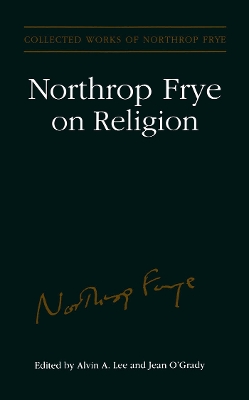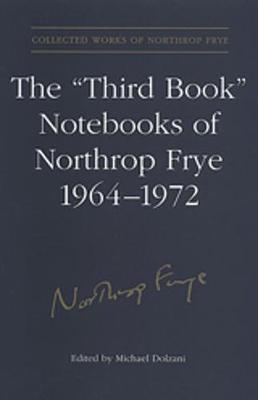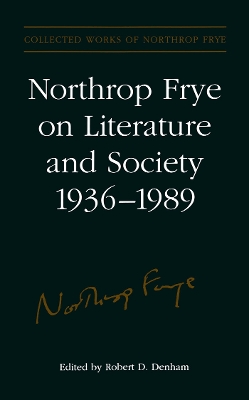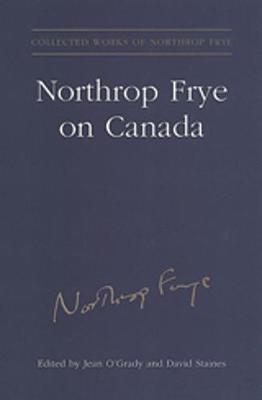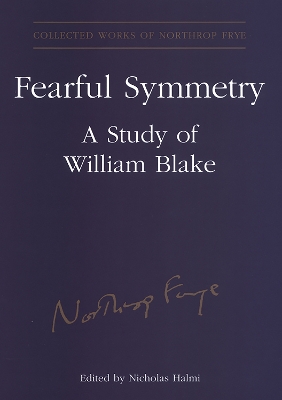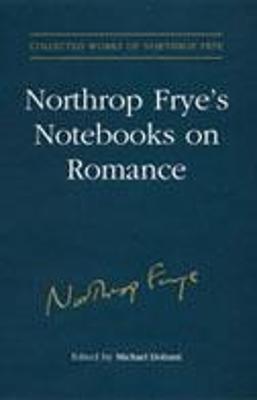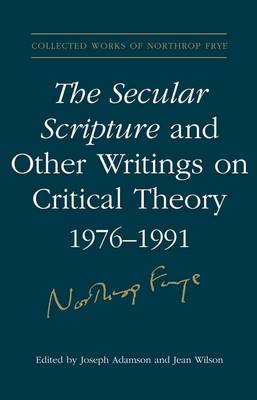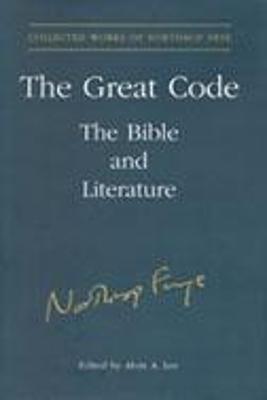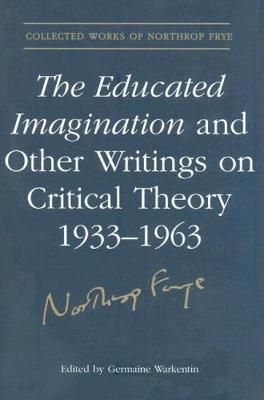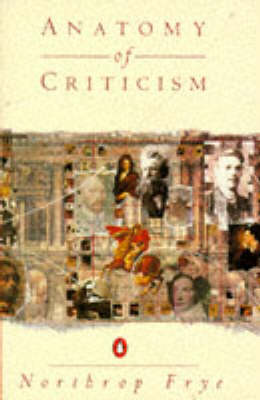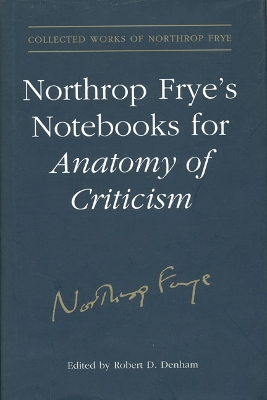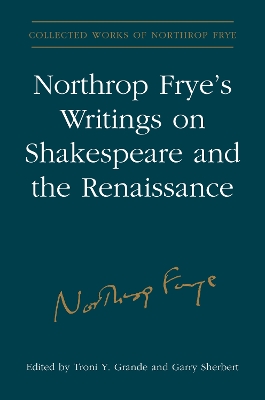Collected Works of Northrop Frye
17 primary works • 18 total works
Book 1
The Correspondence of Northrop Frye and Helen Kemp, 1932-1939
by Northrop Frye
They discuss their alma mater, Victoria College; artists and musicians of Toronto; southwestern Saskatchewan, where Frye spent a summer as a pastor on a United Church circuit; Frye's hometown, Moncton, New Brunswick; and Kemp's neighbourhood on Fulton Avenue in Toronto. We travel with them around the world, from Ottawa to Rome. We see through their eyes the early years of the Co-operative Commonwealth Federation, the struggles of the United Church of Canada, the activities of the Student Christian Movement, the appeal of Communism, the rise of fascism, and the beginnings of art education in the galleries of Canada.
Book 3
David Lodge wrote in the New Statesman: 'There are not many critics whose twenty-year-old book reviews one can read with pleasure and instruction, but Frye is an exception to most rules.' Northrop Frye's student essays provide pleasure and instruction through their comments on the Augustinian view of history, on beauty, truth, and goodness, on literary symbolism and tradition.
Book 4
In it we find the brilliant and often unorthodox record of a great mind imaginatively open to the transforming power of the Bible, and open also to what William Blake called "the human form divine."
Book 6
The notebooks show us the unbuttoned Frye, a complex man capable of both spiritual transcendence and hard-headed pragmatism. Here, for instance, his criticism of Catholicism is far more acerbic than in anything he published. Likewise, his rejection of both Marxist and feminist ideology is far more pointed than elsewhere. These two volumes include seven of Frye's handwritten notebooks and five collections of his typed notebooks - all previously unpublished. The material is the record of an extraordinary intellectual odyssey, an odyssey that is, at its base, deeply spiritual.
Book 8
Peering over Frye's shoulder, we watch him teach his classes, plan his career, record his dreams, register his frank reactions to the hundreds of people who cross his path, eye attractive women, reflect on books, music and movies, ponder religious and political issues, consider his various physical and psychological ailments, practise the piano, visit bookstores, frequent Toronto restaurants, and record scores of additional activities, mundane and otherwise. The volume is fully annotated and contains a directory that identifies the more than 1200 people who make an appearance. Published here for the first time, these chronicles provide an unprecedented view of the life and times of this now-legendary scholar.
Book 9
The 'Third Book' Notebooks of Northrop Frye, 1964-1972: The Critical Comedy
by Northrop Frye
Book 10
Book 12
Gathered from more than fifty years of Frye's career, the collection shows Frye as a careful and caring critic of Canada, and is demonstrative of his importance as the cultural commentator on Canada.
Book 14
An introduction by Ian Singer provides biographical and critical context for the book, an overview of its contents, and an account of its reception.
Book 15
Book 19
The Secular Scripture and Other Writings on Critical Theory, 1976?1991
by Northrop Frye
Book 19
This new edition not only re-presents Frye's text in a clear, correct, and fully annotated form, it goes a long way in helping us understand the widespread scholarly and popular reception that met this extraordinary and in some ways revolutionary book and how it can still be richly rewarding for readers.
Book 21
The Educated Imagination and Other Writings on Critical Theory 1933-1963
by Northrop Frye
Book 22
The description for this book, Anatomy of Criticism, will be forthcoming.
Book 23
Book 26
This edition goes beyond the original in its documentation of Frye's dazzlingly encyclopedic range of reference. Profound and searching, Words with Power is perhaps the most daring book of Frye's career and one of the most exciting.
Book 28
Northrop Frye's Writings on Shakespeare and the Renaissance
by Northrop Frye
This volume brings together Frye's extensive writings on Shakespeare and other Renaissance writers (excluding Milton, who is featured in other volumes), and includes major articles, introductions, public lectures, and four previously published books on Shakespeare. Frye's insightful analyses offer not just a formidable knowledge of Renaissance culture but also a transformative experience, moving the reader imaginatively towards an experience of created reality.


